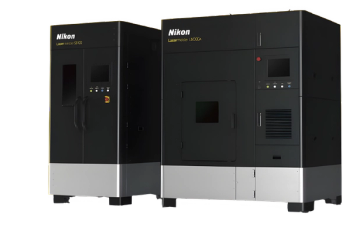
Exhaust Gas Recirculation Boosts Carbon-Capture Efficiency and Reduces Costs, says GE Vernova
Jeremee Wetherby, the Carbon Solutions Director at GE Vernova, offers deeper insights into the benefits of retrofitting carbon-capture systems with an exhaust gas recirculation system.
The power industry is exploring several avenues to decarbonize power plants, including implementing carbon capture and storage (CCS) technology; however, retrofitting power plants means high operational and capital costs, i.e., total costs. GE Vernova has been exploring ways to reduce these costs and the overall footprint of a carbon-capture system through its exhaust gas recirculation (EGR) system, which increases the concentration of CO2 in the exhaust gas.
“CCUS can be added to existing power generation plants; however, any CCUS project must look at the plant holistically to be more successful during integration. It is crucial to focus on integration with all systems, including gas turbines, heat recovery steam generators (HRSG), steam turbines, and plant controls,” said Jeremee Wetherby, Carbon Solutions Director at GE Vernova.
In October 2024, GE Vernova’s front-end engineering design (FEED) study,
- could reduce more than 6% of the total cost of the carbon-capture facility compared to installing carbon capture without the EGR system
- could reduce total carbon-capture operational costs per year (total costs include reductions to capital and operating costs)
According to GE Vernova, the benefits of an EGR system compared to a non-EGR system include:
- a large reduction of carbon-capture facility footprint and cost of absorber
- lower operating costs due to reduced amine degradation
- less energy-intensive separation due to higher concentration of CO2
- more steam turbine power output due to lower steam consumption
“Think of a slider bar where CapEx reductions are at one end and operational benefits (including costs and capture rate) are at the other end,” Wetherby said. “If owners slide that bar toward CapEx, EGR can enable them to reduce the size of the capture equipment, which can reduce its land footprint and cut costs while maintaining up to 95% capture. Operators who harness EGR-enhanced carbon-capture systems can make capital-expense savings of up to 10% including a performance boost."
“At the other end of the slider bar, an operator could calibrate its equipment to achieve more decarbonization, boosting the total carbon capture of its project from 95% up to 98%,” he continued. “That’s because the EGR system would increase the carbon concentration of the air at inlet entry from approximately 4% to 7%. It just depends on how the capture plant is engineered.”
Again in November 2024,
Hydrogen FEED Studies
The 7E and 7F gas turbines, with modifications to their standard combustors, can already operate with hydrogen blends up to 100%. These FEED studies explored solutions to enable the use of blends including natural gas and hydrogen, with hydrogen accounting for up to 32% by volume. In addition, the studies established the required combustor system modifications to achieve this level of hydrogen blending.
Carbon Capture FEED Study
This FEED study showed that integrating its EGR system could reduce more than 7% of the carbon-capture facility’s total cost compared to a facility without EGR. It also showed a 6% reduction in carbon-capture operational costs annually.
Looking forward, GE Vernova is planning to extend its advanced controls used to operate gas and steam turbines to operate the CCUS in such a way as to maintain the operating flexibility that customers may depend upon.
Newsletter
Power your knowledge with the latest in turbine technology, engineering advances, and energy solutions—subscribe to Turbomachinery International today.





